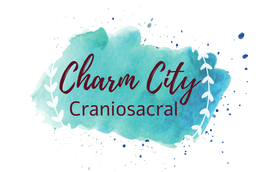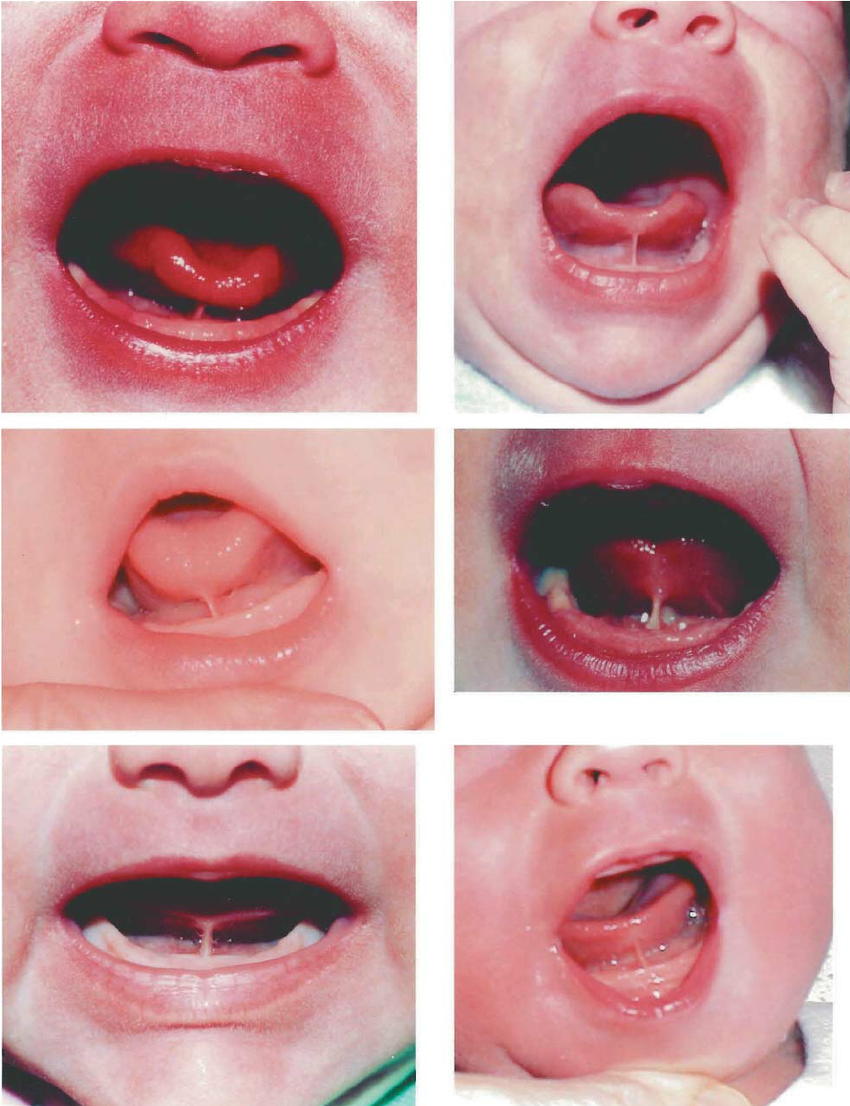Craniosacral therapy for lip, tongue, and buccal ties - pre, post, and in alternative to frenectomies.Part 1 - Basic Information about Tethered Oral Tissues Part 2 - Whole Body Anatomy and TOT Part 3 - Craniosacral Therapy Impacts, Pre & Post Care Information Understanding the Common Language Frenulum: A piece of skin or connective tissue that anchors a semi-mobile body part.
Lip Tie: Dysfunction in the maxillary labial frenulum (tissue under upper lip) restricting and affecting flaring of the upper lip. This can often be misdiagnosed as the lip will flare but it will cause blanching (red based tissues turning white) in the frenulum, gumline, or lip itself. Blanching would still be indicative of a restricted tissue that needs further evaluation. Buccal Tie: Dysfunction in the buccal frenulums that attach the cheeks to the gum line. These are often what cause those cute dimples! These aren't often treated through a release unless they are severe. Class/ Severity Level of Tongue Tie : Primarily, I find most providers use the classification system from Laurence Kotlow, a pediatric dentist out of New York who is considered an expert in the field and developed the following metrics to determining the severity of a tongue tie.
Types of Tongue Ties : You might hear providers referring to the type of tie vs the class of tie. Often the are referencing the overall location of the tie. It can be an anterior (front) presenting ties, and/or posterior (back) ties. It is possible to have both. Posterior Tongue Ties are important to oral motor functioning and often missed or overlooked by release providers. Symptoms of Tethered Oral Tissue Dysfunction
Both infants and adults may experience symptoms related to a TOT. Infants
0 Comments
Leave a Reply. |
Archives
February 2023
Categories |
Links |
Contact UsCharm City Craniosacral
Tel: (443) 218 - 6309 [email protected] 8315 Dogwood Road Windsor Mill, MD 21244 by appointment only |
About UsRegistered Craniosacral Therapist
Integrative and Functional Nutrition Health Coach Reiki Master Charm City Craniosacral creates a truly elevated healing experience - from the physicality and inflammation of the body, to the true essence of SELF. You can find Sacred Happiness & Health here. |


 RSS Feed
RSS Feed